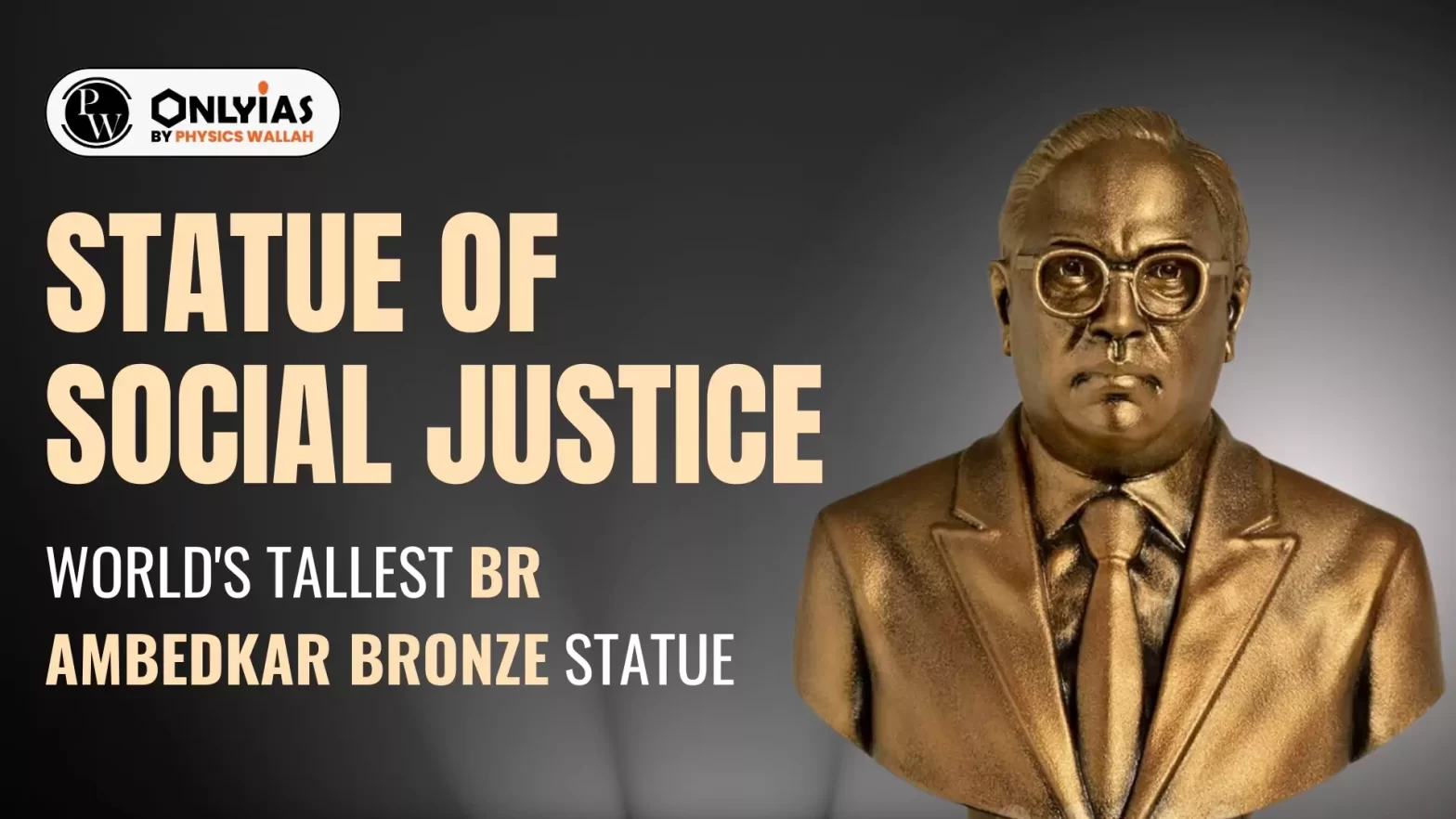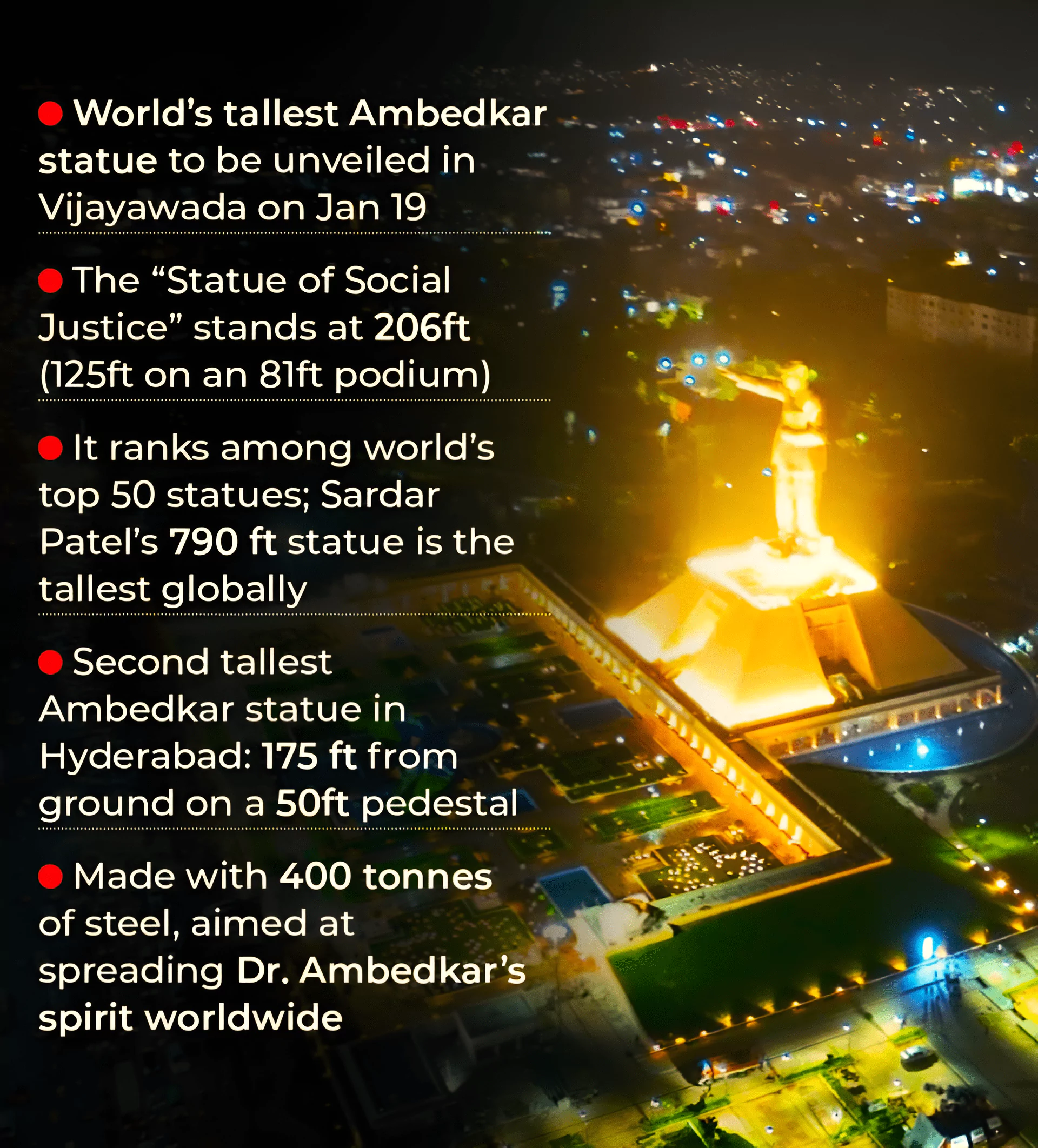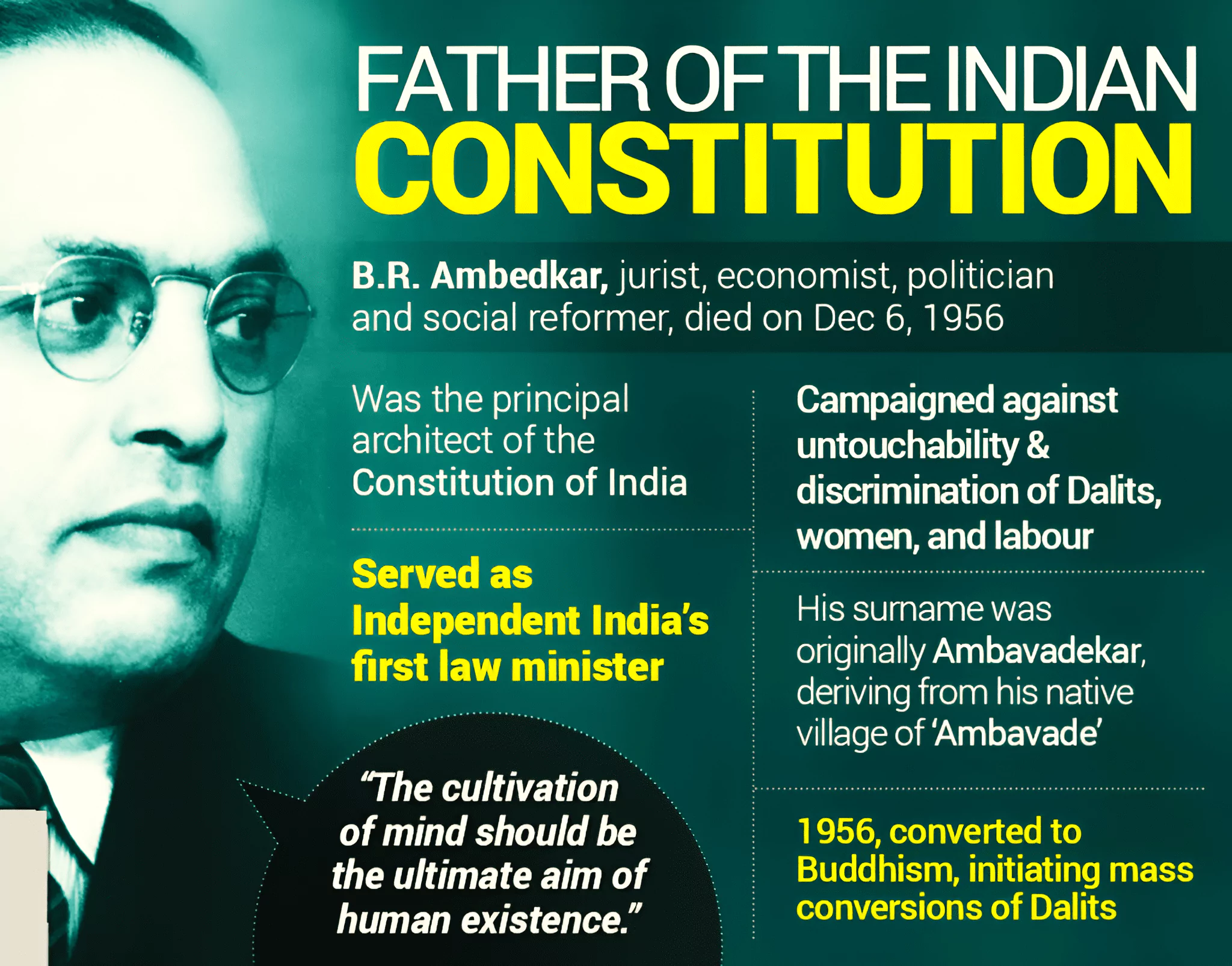
The Statue of Social Justice, featuring Dr BR Ambedkar Ambedkar, will be unveiled by the Chief Minister of Andhra Pradesh in Vijayawada.


The Mahad Satyagraha
|
|---|
Fight for Depressed Classes |
|
Political Participation |
|
Literature |
|
Associations |
|
Anthropology |
|
Economic Contribution |
|
Conclusion
| Must Read | |
| NCERT Notes For UPSC | UPSC Daily Current Affairs |
| UPSC Blogs | UPSC Daily Editorials |

<div class="new-fform">
</div>